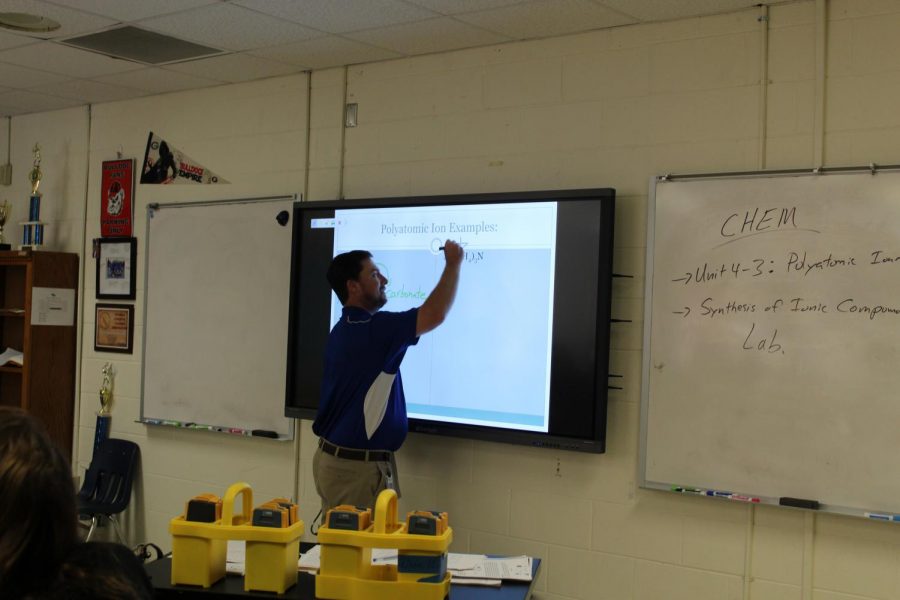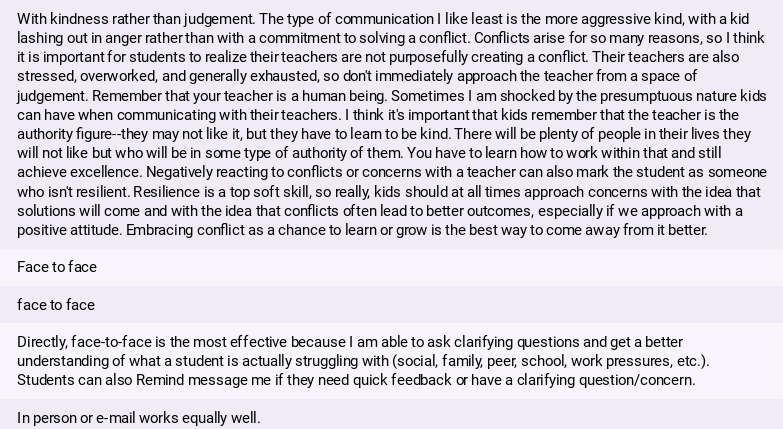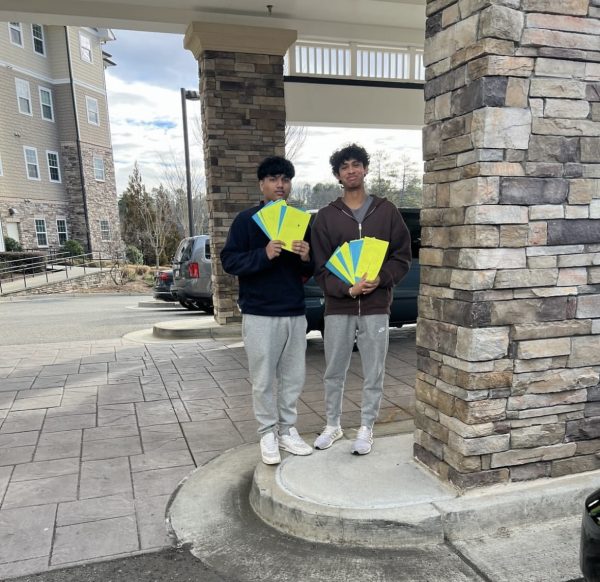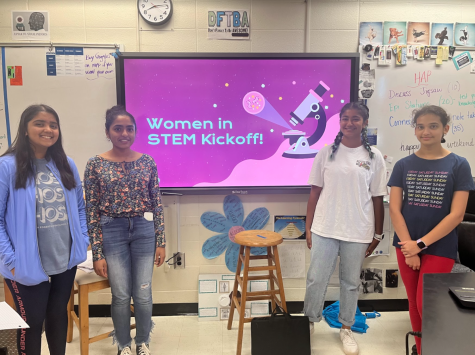Pedagogy is more than a Membean word
Ionic demonstration. Mr. Steele, a chemistry teacher, uses his ClearTouch board to teach. Throughout the school, a variety of styles lives within the teachers.
Visual, Tactile, Auditory. Every student has taken one of those learning style quizzes that tells them which way they learn best. But what about teachers? According to Anthony F. Grasha’s book Teaching with Style, teachers have a specific style of teaching that they feel most comfortable with. Those styles have eventually evolved into five distinct categories: authority, delegator, facilitator, demonstrator, and hybrid. Although most teachers try to cater to every learning style, sometimes they clash. It’s both the students’ and teachers’ responsibility to work with each other to combine their styles and facilitate a positive learning experience. The following infographic details more about each teaching style and how to cope with it:
Teacher Data
At the end of the day, teachers function differently. What’s the big deal? Well, the truth of the matter is that teachers can’t change their personality to match students’ learning styles, at least not completely. Students need to meet teachers halfway and work together instead of against them. And there’s absolutely no way of knowing how to do that unless they know what style their teacher is. At South, over half the teachers surveyed (when asked to describe their own style), said they were a hybrid, using a multitude of activities to teach. Chances are, these teachers will be more receptive to working with students and changing activities to suit them.
In addition, this style provides additional benefits for teachers. Ms. Oxford-Bennett enjoys the sense of anticipation that hybrid creates, while Ms. Hutfilz likes how it can cater to everyone. Unsurprisingly, most of the hybrid styles are English teachers. English requires a strengthening of already developed skills, while other subjects require the learning of new materials. Because of this, the flexibility of the hybrid style fits well with the flexibility of English as a whole.
I like for students to not know what to expect when they walk in the door–it keeps things interesting. Our class discussion is rarely lecture format but rather back and forth discussion
— Ms. Oxford-Bennett, English
I hope to cater to different learning styles and give students different opportunities to be successful and master the standards.
— Ms. Hutfilz, English
Other than Hybrid, which was the most voted upon style, 20% percent of teachers picked authority, 14% picked facilitator, and only 7% picked demonstrator.
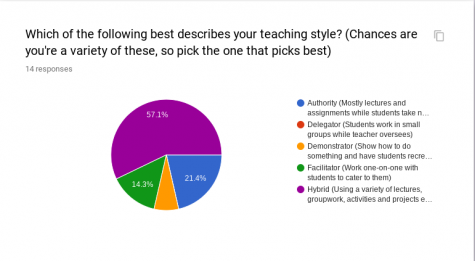
Mr. MacIlvain, an AP World History teacher, uses the authority style but hopes to switch to delegator soon. “I’m going to change this style [Authority] as it has limitations and students rely on me rather than themselves… I am trying to get them to be independent learners. I would like to end up as Delegator/Hybrid style, and am going to work towards that transition,” he explains.
Math teachers also chose demonstrator often, thanks to the new ClearTouch boards the school has installed. This helped them make the transition to demonstrator, as they could now draw and write formulas on the board and physically work out problems.
Communication
One of the key ways students can improve their learning tenfold is by solid communication. No matter how disparate two styles are, they can bridge the gap through tactful communication. When surveyed, teachers at South wrote that their preferred form of communication was face-to-face, as it allowed for clarity and speed.
At the end of the day, no one’s styles of learning or teaching will match up perfectly. He only way through this is to celebrate the differences and work them out through positive communication and understanding from both students and teachers.


